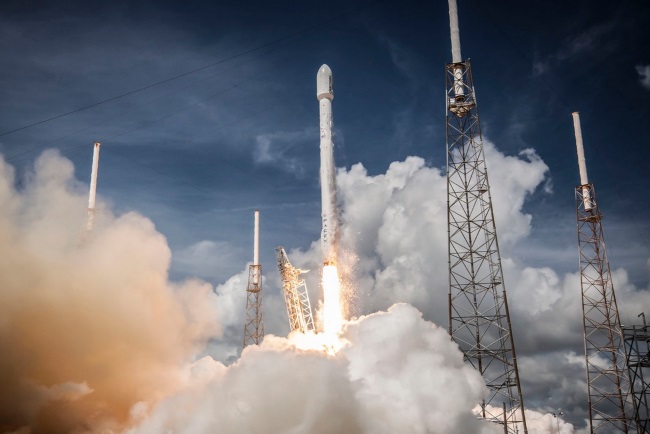In this momentous era of faced paced technology, there is a real probability that by the year 2050 the way we travel will come directly from a sci-fi movie.
Sci-fi films have often been at the forefront of travel. Movie writers, producers and directors have been inventing new forms of transportation for many years, way before scientists and technology whizz kids make them into a reality.
Just look at the 1989 movie ‘Back to the Future Part II’ to see an expert adaptation of a time travelling flying car, the DeLorean! The movie Tron: Legacy included a sci-fi flying craft called the Light Jet, and Blade Runner with its ‘spinners’ police hover vehicle was s futuristic as it gets. More and more of these movie designs are being made into reality.

Futuristic building designs also lend themselves towards sci-fi and travel, with contemporary structures and installations all designed with the future in mind. They include state-of-the-art technology, underground computerised parking facilities, and unique science-fiction escalator systems. There are very few first world cities that don’t have at least one sci-fi-esque building amongst the high rises and tower blocks.
But what about the modes of transport, the sci-fi options available to us, and how we will all travel thirty-odd years from now in 2050? Are we likely to be flying everywhere at super high speeds, or will we still be talking about the future of travel having not really developed it any further?

We are currently amidst the electric car movement which is starting to make serious headway in the car sales marketplace. Electric cars and other electric modes of transport weren’t imaginable 50 years ago.
Many people think that in 2050 we will be using a segway, electric bicycle or even a robotic car to travel around. Many would like to believe that we will be travelling faster than ever through an underground and overground hyperloop system. Others tend to think that the skies will be filled with space-style traffic either through supersonic planes (aka back to the era of Concorde) or we will all be using a space elevator to reach higher destinations.
Potentially we could see flying cars, mass produced autonomous passenger drones, eco-friendly electric planes, high-end monorail systems, self-driving shuttles and buses, and even reusable rockets. But, whatever the outcome, 2050 will be here before we know it, and planes, trains and automobiles will have taken a major futuristic twist towards the unknown.
The Sci-Fi Reality of Travel by 2050,




